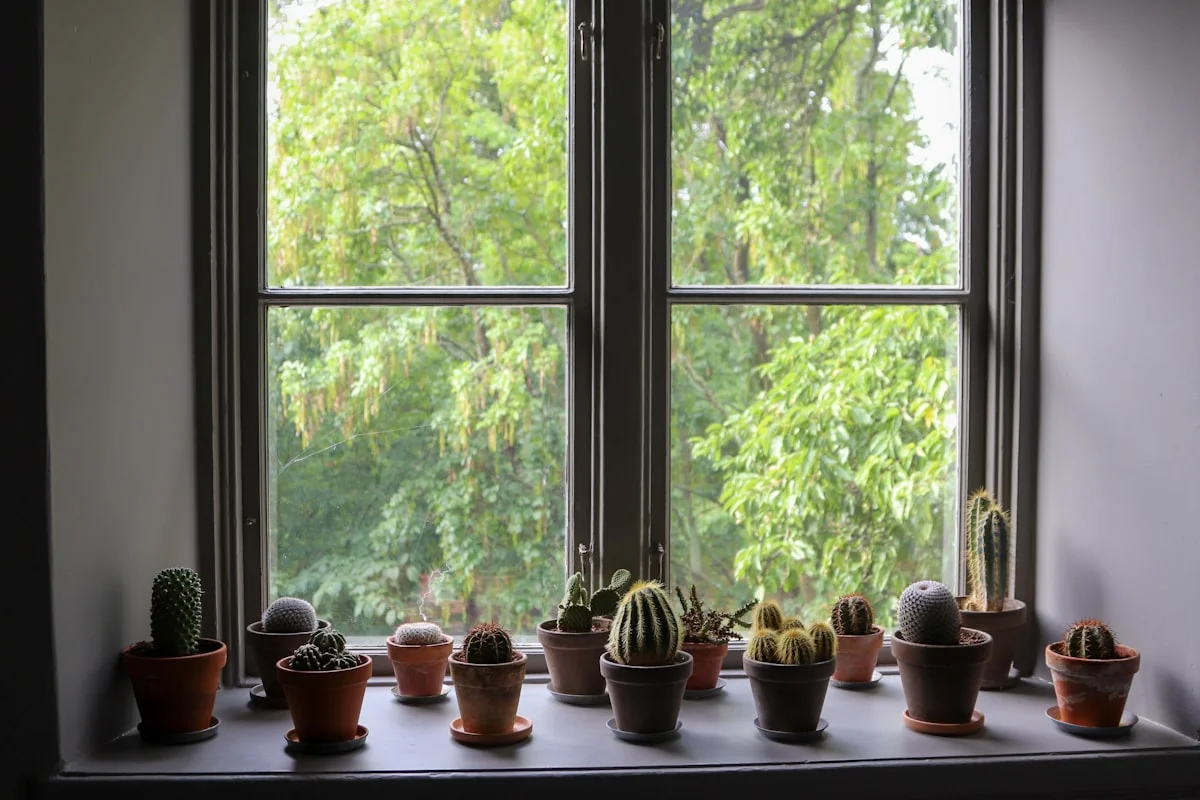How to Start a Small Windowsill Herb Garden in the US in 2025
Starting a windowsill herb garden is one of the most rewarding and accessible ways to bring fresh flavors into your kitchen year-round. Whether you live in a bustling city apartment or a suburban home, a windowsill herb garden offers convenience, sustainability, and a touch of nature right at your fingertips. In this guide, you’ll learn everything you need to know to create a thriving indoor garden tailored to the unique growing conditions across the United States.
As someone who has cultivated herbs on windowsills for over a decade—from the sunny coasts of California to the colder climates of New England—I can attest to the joy and practicality of growing your own herbs. There’s nothing quite like snipping fresh basil for a pasta dish or garnishing a cocktail with homegrown mint, especially when it’s just an arm’s reach away. This guide draws from hands-on experience, horticultural best practices, and regional considerations to ensure your gardening success in 2025 and beyond.
Why Choose a Windowsill Herb Garden?
Indoor herb gardening is ideal for those with limited outdoor space or harsh weather conditions. Herbs like basil, parsley, mint, and thyme adapt well to container life and can flourish with just a few hours of sunlight each day. Beyond the culinary benefits, growing herbs indoors can improve air quality and add a vibrant, living element to your home decor. For urban dwellers or anyone seeking a low-maintenance hobby, a windowsill setup is both practical and fulfilling.
Selecting the Right Herbs for Your Windowsill Herb Garden
When choosing herbs, consider your climate, available light, and personal cooking preferences. In sun-drenched regions like the Southwest, Mediterranean herbs such as rosemary and oregano will thrive. For those in Northern states with shorter daylight hours in winter, hardier varieties like chives or parsley are excellent choices. Always opt for organic, non-GMO seeds or starter plants from reputable nurseries to ensure healthy growth from the start.
Essential Supplies for Your Indoor Garden
You’ll need a few basic items to get started: containers with drainage holes, high-quality potting mix (avoid garden soil, which can compact and hinder root growth), and a sunny windowsill. South or west-facing windows are ideal in most US regions, but if natural light is limited, consider supplementing with a grow light. I’ve found that using self-watering pots or simple terracotta containers works well for maintaining consistent moisture levels—critical for herbs like cilantro and basil, which are sensitive to over- or under-watering.
Planting and Caring for Your Herbs
Begin by filling your containers with moistened potting mix, planting seeds or transplants at the recommended depth. Gently water after planting and place in a warm, bright location. Most herbs prefer temperatures between 60–75°F, which aligns with typical indoor conditions. Water when the top inch of soil feels dry, and rotate pots periodically to ensure even growth. Avoid overcrowding plants; giving each herb enough space prevents competition for light and nutrients.
Common Challenges and Solutions
Even the most carefully tended windowsill herb garden can encounter issues like pests or leggy growth. Aphids and spider mites occasionally appear but can be managed with a mild soap spray or neem oil. If herbs become leggy or pale, they likely need more light—relocating to a sunnier spot or using a grow light can help. For root rot, ensure proper drainage and avoid overwatering. Regularly harvesting your herbs by pinching back stems encourages bushier, more productive plants.
Harvesting and Using Your Homegrown Herbs
The best part of your windowsill herb garden is enjoying the harvest. Snip leaves in the morning when essential oils are most concentrated, and use them fresh in recipes, teas, or homemade remedies. To preserve excess herbs, drying or freezing are effective methods. For example, basil freezes beautifully in olive oil, while rosemary and thyme dry well hung in small bundles. Incorporating homegrown herbs into daily meals not only enhances flavor but also connects you to the food you eat in a meaningful way.
Year-Round Tips for Success in 2025
As indoor gardening continues to evolve, staying informed about new techniques and products can enhance your experience. In 2025, expect to see more energy-efficient grow lights and sustainable potting mixes made from renewable resources. Regardless of innovations, the core principles remain: provide ample light, consistent moisture, and occasional feeding with an organic fertilizer. By adapting to seasonal changes—such as reducing water in winter when growth slows—you can maintain a productive garden throughout the year.
Conclusion
Creating a windowsill herb garden is a simple, satisfying endeavor that brings nature indoors and fresh flavors to your table. By selecting the right herbs, providing proper care, and troubleshooting common issues, you’ll enjoy a continuous supply of aromatic, homegrown goodness. Whether you’re a seasoned gardener or a complete beginner, the journey of nurturing plants from seed to harvest is deeply rewarding. Here’s to your thriving windowsill oasis in 2025!

